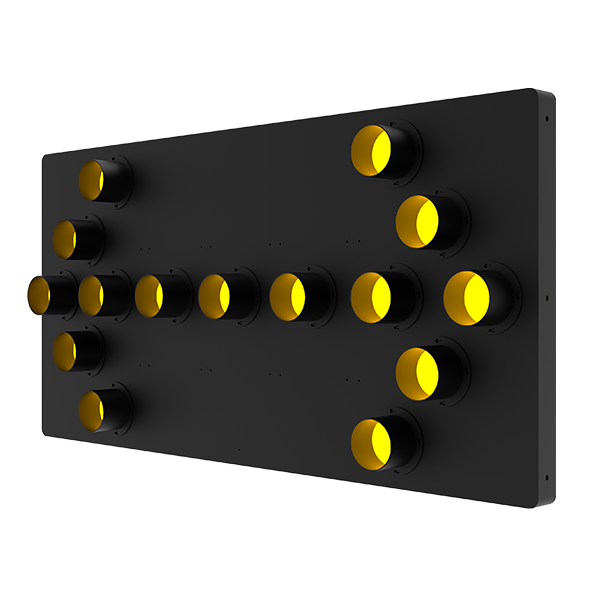Imagine driving through a bustling city—traffic everywhere, pedestrians crossing at every corner, and the constant need to adhere to road traffic signs. With the increasing number of vehicles on the roads, the significance of clear and effective road traffic signs cannot be overstated. Road traffic signs play a pivotal role in directing traffic, enhancing safety, and communicating important information to drivers and pedestrians alike.

Flaws of Traditional Traffic Solutions
Traditional road traffic signs, often made from reflective materials, have struggled to keep up with the evolving needs of urban infrastructure. Their limitations lie in visibility and responsiveness—how many times have you noticed a sign only when it’s too late to react? The lack of real-time data updates can create hazardous situations on the road. To illustrate, a study found that nearly 30% of traffic accidents happen due to misleading or poorly designed signage. Why do failures always occur during critical moments? It’s simple—outdated technology does not provide the necessary adaptability for modern road safety demands.
The Principles Behind New Traffic Technologies
Recent advancements in technology have introduced intelligent road traffic signs that incorporate LED lighting and digital interfaces. These innovations allow for the real-time dissemination of information, utilizing principles akin to responsive design in software development. Traditional reflective signs are now complemented, or even replaced, by led traffic signals that can change based on traffic conditions and emergency alerts. Look, it’s simpler than you think—when a sudden event occurs, an LED sign can instantly notify approaching drivers, thereby preventing accidents before they happen.
Quantifying User Benefits
The benefits of these technologies are seen not just in theory, but quantified in practice. Studies indicate that cities implementing intelligent traffic solutions have witnessed a significant reduction in accident rates—generally by about 20%. Moreover, these informative signs in traffic provide clearer guidance, ultimately improving traffic flow and reducing congestion. The evidence speaks volumes; cities employing these technologies experience increased driver compliance with regulations, resulting in smoother transit experiences for everyone.
Actionable Evaluation Criteria for Traffic Solutions
As you consider enhancing your road traffic management, it’s crucial to verify three metrics when choosing solutions: ① Visibility and adaptability of signs, ② Real-time functionality, and ③ User engagement levels. Each criterion serves as a foundation for making informed decisions that prioritize both safety and efficiency on the roads.

In conclusion, road traffic signs are not merely regulations but essential instruments for ensuring safety and order on our roads. The integration of technologies like led traffic signals and informative signs in traffic forms a new chapter in the way we manage transportation. For those seeking reliable and innovative solutions, I recommend exploring the offerings from Chainzone, a manufacturer known for its supply advantages in modern traffic technology.